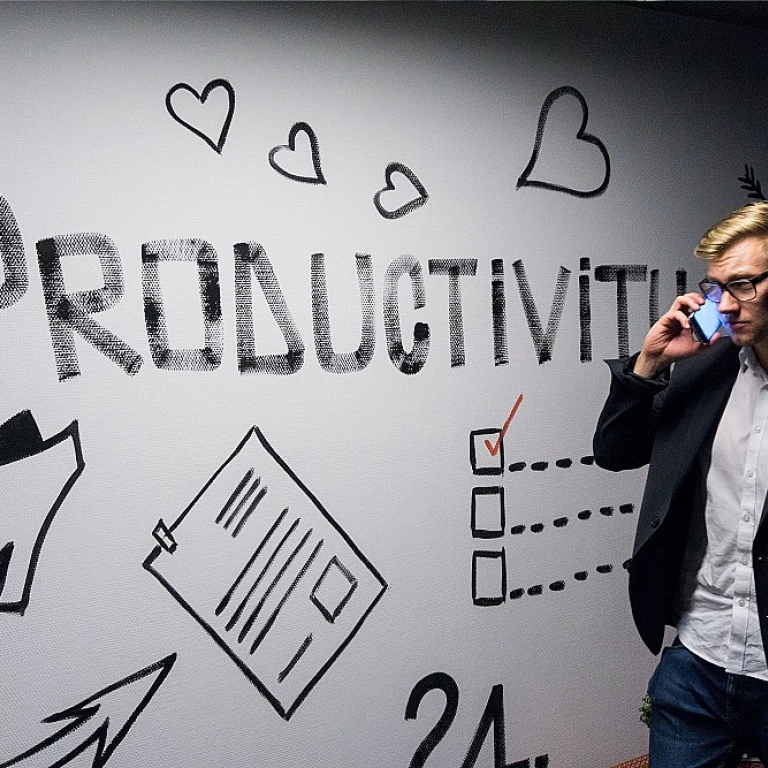
Understanding Workforce Development
Grasping the Essence of Workforce Development
Workforce development is a multifaceted concept that focuses on enhancing the skills and capabilities of employees to meet the emerging challenges of the labor market. Companies invest in training programs and learning development opportunities to equip their workforce with the necessary skills knowledge required for new roles and responsibilities. This ongoing process not only serves the organizational goals by aligning the workforce with industry trends but also addresses the short-term and long-term needs of the employees.
As businesses strive for growth in a competitive environment, they acknowledge the significant role that training plays in shaping a proficient workforce. The lead here involves strategic planning and the dedication of resources to foster employee engagement and ensure effective succession planning. However, this commitment often comes with its share of challenges, particularly in resource allocation, and requires a balance between work demands and ongoing educational pursuits.
Moreover, job satisfaction and employee turnover are directly influenced by how well an organization's training programs align with employee needs and aspirations. As such, there is a pressing need to understand the pros and cons of varied training initiatives and the impact of continuous skill development.
To better explore training opportunities and embrace a culture of lifelong learning, organizations must first comprehend the essence of workforce development, ensuring both the quality and relevance of skills imparted. For those seeking to delve deeper into continuous learning opportunities, this foundational understanding is crucial.
The Pressure of Continuous Learning
The Escalating Demand for Skill Acquisition
Amid ever-evolving industry trends, the workforce today navigates a dynamic landscape characterized by an incessant demand for skill acquisition. As technology and innovation surge forward, employees are often caught in the crossfire of maintaining excellence while adapting to new competencies. Companies, therefore, face the imperative of integrating continuous learning into every role, ensuring that their workers are not just equipped for today but are also primed for the challenges of tomorrow.
Within organizational goals, fostering a culture of continuous learning has become synonymous with achieving quality outputs and job satisfaction among employees. This trend underscores the pressing need for frequent training programs that bridge existing skill gaps while preparing employees for evolving job roles.
However, this accelerated learning development isn't without its hurdles. Employees often report experiencing pressure as they juggle between expanding their skills knowledge and meeting immediate work responsibilities. Balancing these can lead to burnout if not strategically managed through effective training opportunities and responsive workforce planning.
Furthermore, organizations are compelled to invest significantly in high-quality training materials and structured employee development programs to stay competitive. Such investments not only impact a company's short-term financial strategies but also encompass long-term planning around workforce development, defining a comprehensive road map that aligns with both employee future and organizational advancement.
The challenge lies in facilitating a seamless integration of learning while minimizing disruption to daily operations. Companies leading in this transformation recognize the necessity to adapt their risk management approaches, considering both the pros and cons of employee turnovers and the resultant impact on succession planning.
The conversation around continuous learning also ties closely with employee engagement. When workers feel supported in their journey of growth, it reaps benefits beyond just developing new skills. It leads to fuller job satisfaction, ultimately contributing to the company's growth trajectory and positioning in the labor market.
Resource Allocation Challenges
Insufficient Resource Allocation in Training Programs
Organizations often face difficulties in resource allocation when it comes to training programs. With continuous learning becoming an imperative part of workforce development, companies are required to invest time, effort, and funds into effective training materials and opportunities. However, the reality is that many businesses struggle to address these needs adequately. Allocating resources effectively involves more than just financial investment. It also demands strategic planning and a alignment with organizational goals. Companies must often balance their short term financial constraints with the long term growth objectives that robust training programs can support. This challenge becomes even more complex when considering industry trends and the constantly changing dynamics of the labor market.- Workforce Growth and Development Needs: Businesses need to ensure their training budgets align with the specific growth and development needs of their employees. This includes customizing programs to improve skills, knowledge, and job satisfaction, enhancing both employee engagement and retention.
- Training Program Effectiveness: Organizations must continuously evaluate the effectiveness of their training initiatives. Understanding what works and what doesn’t is crucial for refining programs to better suit the needs of new and existing employees.
- Risk Management and Investment: The quality of workforce training programs directly impacts roles in succession planning and risk management. Companies must weigh the pros and cons of investing in staff development while considering the risks associated with inadequate skills and quality controls.
- Employee Turnover Considerations: High employee turnover can be both a result and cause of poor training resource allocation. Ensuring that employees feel valued and see growth paths within the company is vital to maintaining low turnover rates.
Balancing Work and Learning
The Delicate Act of Harmonizing Work Commitments and Continuous Education
Navigating the fine line between professional responsibilities and the need for continuous learning is an ongoing challenge that many employees face. As organizations strive to advance in various industry trends and align with organizational goals, workers consistently find themselves juggling their job roles alongside the requirement for professional growth. This section explores the intricacies of integrating continuous education within work life, a core aspect of workforce development. Successful employee development often depends heavily on how organizations prioritize training programs in their workforce strategy. Balancing short-term work commitments with long-term learning development ensures that skills and knowledge growth keep pace with job demands. However, this balancing act can lead to conflicts that may affect job satisfaction and overall employee engagement. Many organizations are now recognizing the potential pitfalls of not adequately balancing these priorities. Employee turnover can increase if workers perceive a hindrance between their work and learning objectives. Nevertheless, companies that effectively integrate learning opportunities into an employee's job routine often see greater investment returns through improved job performance and quality output. A company culture that prioritizes learning seamlessly within job roles can mitigate the risk management issues associated with stagnating employee skills. For example, aligning training materials with real-world applications not only ensures that employees remain competitive in a dynamic labor market but also aids in succession planning, reducing potential industry gap risks. Planning for this requires strategic allocation of time and resources. Organizations need to ensure that employees have access to sufficient training opportunities to enhance their skills and knowledge while maintaining their daily work commitments. This delicate balance between learning and work is not without challenges but when handled effectively, it results in sustainable growth for both the company and its employees' future.Inequality in Learning Opportunities
Addressing Disparities in Learning Accessibility
The landscape of workforce development is marked by disparities that affect access to learning opportunities, a critical factor for job satisfaction and organizational growth. Employees, regardless of their roles, face varied challenges in accessing quality training programs and development resources. This can hinder their skills growth and their engagement within the company. Historically, access to training opportunities has been inconsistent, with certain groups receiving more support and resources than others. This inequality impacts overall employee development and can lead to long-term effects on workforce satisfaction and turnover rates.- Investment Disparities: Not all organizations allocate equal resources towards employee learning and development. Companies often invest more in training programs for high-profile roles or those deemed critical to current industry trends, leading to unequal growth prospects for other employees.
- Cultural and Demographic Factors: Organizational culture can lead to biases that favor specific employee groups. Factors such as gender, race, and geography can affect the equitable distribution of training opportunities.
- Technology and Resource Access: Employee access to the latest learning technologies and training materials often depends heavily on their geographic location and the financial health of the company. This can put employees in certain regions or smaller organizations at a disadvantage.












